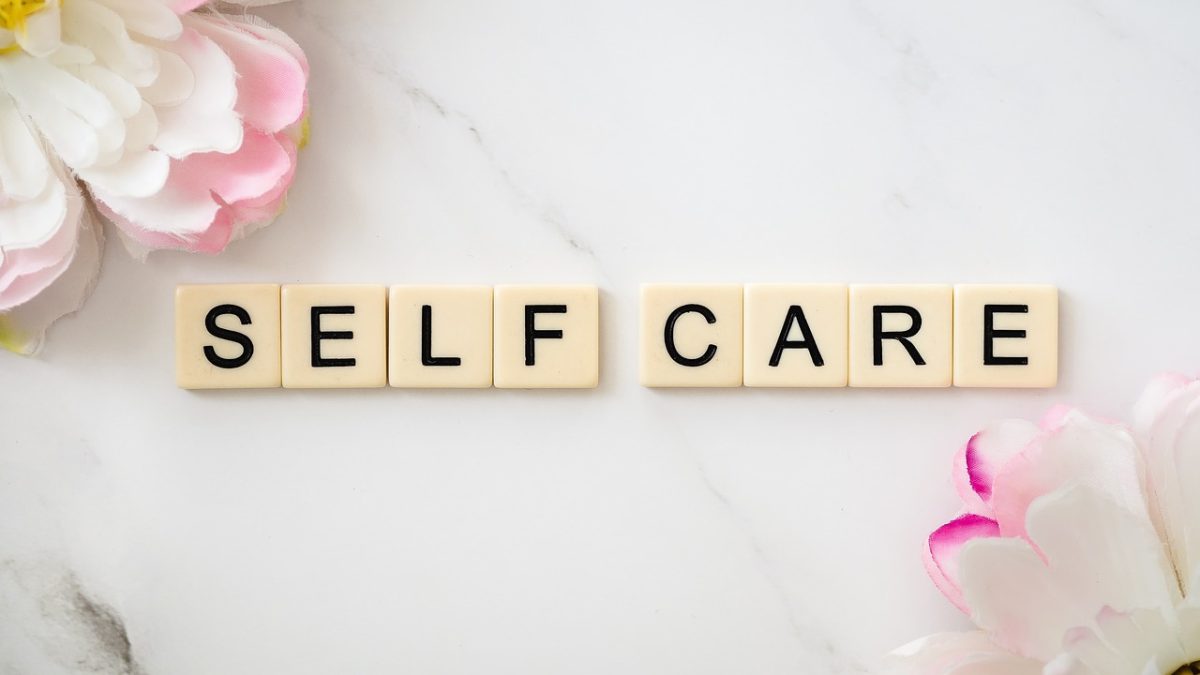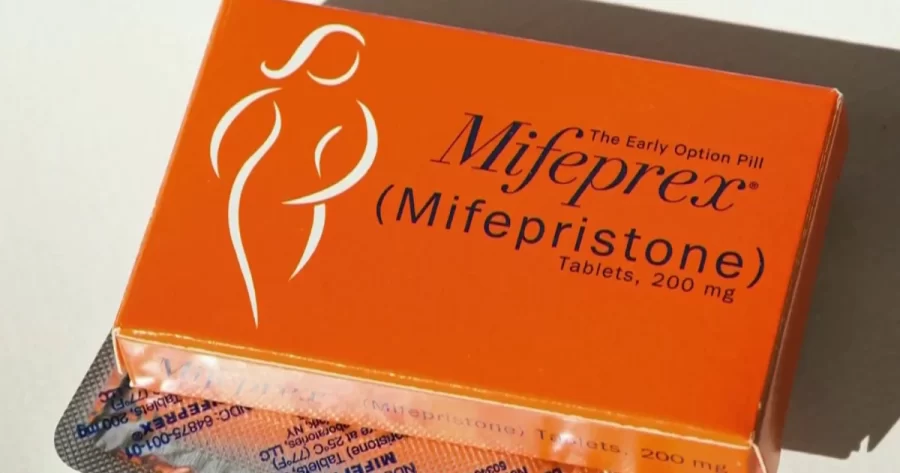We’ve all heard of zombies: terrifying monsters that feed off of human brains. Naegleria Fowleri is a micro organism found in warm, freshwater environments like lakes, rivers, hot springs. Although it is quite rare, those exposed to it are at risk for a deadly brain infection known as PAM (primary amebic meningoencephalitis). The infection enters the body through the nose, and only 4 of the 157 US citizens that have contracted PAM have survived, making its death rate over 97%. Though it is essentially harmless in its natural habitat, it becomes extremely dangerous when it enters through the nasal passages. This is one of the reasons it’s utterly important to keep pools properly chlorinated and to use nose clips in freshwater environments.
Symptoms and Prognosis
Oftentimes, PAM is not caught in time to be treated as its symptoms often resemble that of a regular virus: fever, nausea, vomiting, headaches, etc. The symptoms are usually severe enough to warrant a trip to the hospital, but Naegleria Fowleri isn’t really considered because of its rarity. The symptoms will quickly progress to confusion, seizures, hallucinations, and comatose; at this point the infection has reached the brain and death is certain. Those infected often have less then 2 weeks to live after exposure if they do not treat it within about 9 days of exposure.
Treatment
Because of its rarity, scientists have struggled to find treatments for PAM and treating patients with the infection often becomes a guessing game. Prompt diagnosis is crucial in surviving the infection, but because can be mistaken for a plethora of other diseases. Treatments are geared towards killing the amoeba and preventing the spread of the infection. Survival depends on how much of the brain tissue has been destroyed when treatment is administered. By the time doctors have killed the amoeba, the patient is usually brain dead. In addition, there is no specific drug regimen for treating PAM as no treatments have been consistently successful.
The Future of PAM
The research towards this mysterious infection is ongoing, but the most effective strategy will remain to be prevention. We can prevent the infection from Naegleria Fowleri by enforcing sanitation laws in aquatic facilities, being cautious while we swim, and keeping track of our health.













